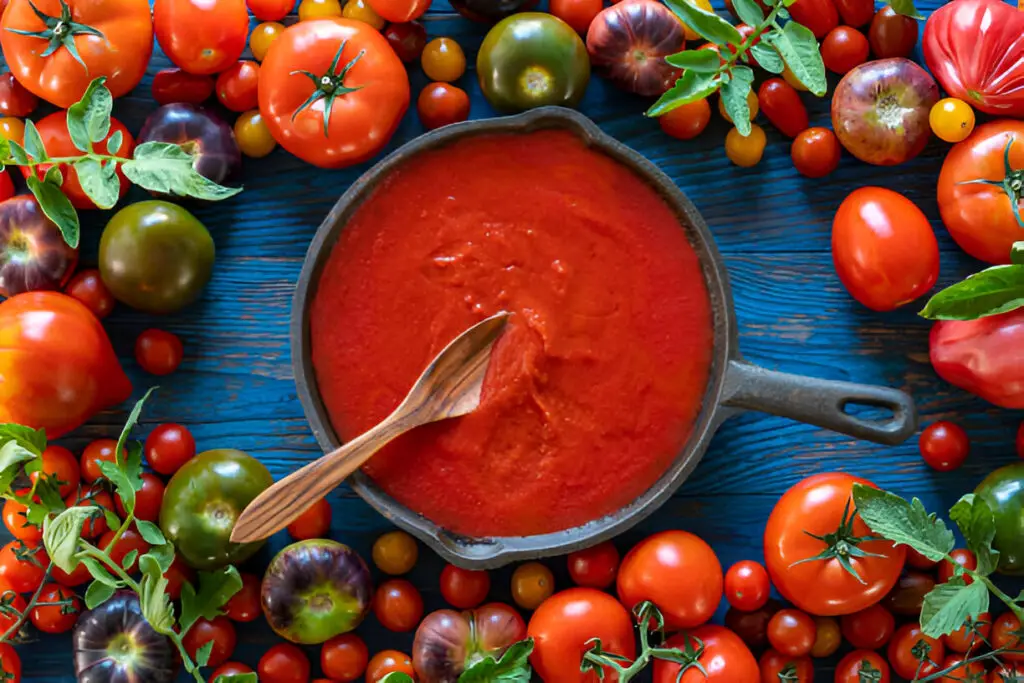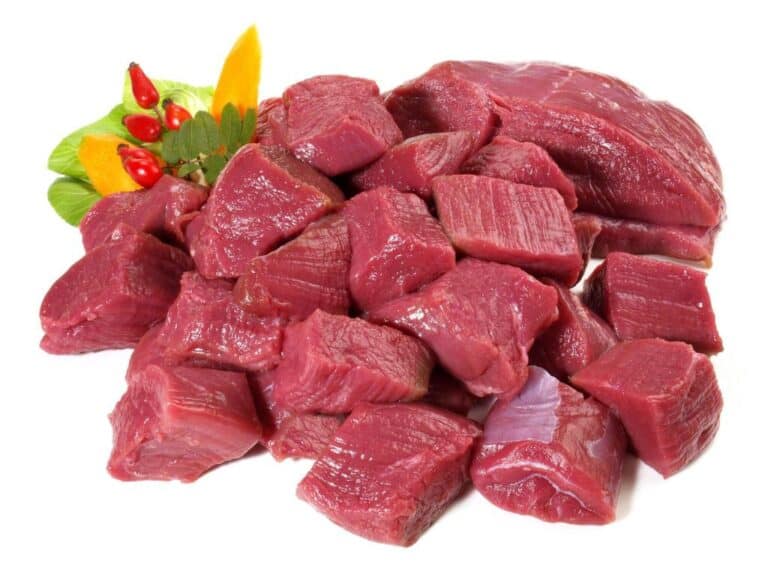Do You Really Need to Take Seeds Out of Tomatoes for Spaghetti Sauce?

When it comes to making the perfect spaghetti sauce, there’s a lot of advice floating around. One question I often see pop up is whether or not you should take the seeds out of tomatoes before cooking them.
It’s one of those kitchen dilemmas that can feel like a small, but essential decision. So, do you really need to remove the seeds, or is it a step that’s easy to skip? Let’s break it down.
Can You Leave the Skin on Tomatoes When Making Sauce?

Yes, you can absolutely leave the skin on tomatoes when making sauce—and you might just be glad you did! If you’re someone who tends to shy away from making homemade tomato sauce because it seems like a lot of work, this approach is a game-changer. By keeping the skins on, you save time and effort without sacrificing flavor.
The skins contain a good amount of nutrients, like fiber and antioxidants, which can add a healthy boost to your sauce.
The Case for Removing Tomato Seeds
Let’s face it—tomato seeds are not exactly the star of the show when it comes to spaghetti sauce. If you’ve ever bitten into a juicy tomato chunk and had a seed unexpectedly hit your tongue, you know what I mean. They can be a little… distracting, right? But the primary reason many people recommend removing them is to make the sauce smoother.
Texture Is Key
Tomato seeds have a slightly bitter taste that could affect the overall flavor, especially when you’re going for a velvety, rich sauce. If you want a sauce that’s as smooth as silk, removing the seeds is one way to achieve that. Also, while the seeds won’t make your sauce bad, they can cause a bit of texture interference. After all, you want the sauce to glide over your pasta, not have little chunks of seed floating around.
In the world of Italian cuisine, texture matters. Imagine trying to twirl your spaghetti and hitting a random, hard seed. Not ideal. It can throw off the balance of flavors and create an unpleasant surprise.
The Case Against Removing Tomato Seeds
But let’s not jump to conclusions. There’s a flip side to the “remove the seeds” argument. After all, those tiny seeds actually pack some nutrients. They contain antioxidants, fiber, and even some trace minerals. So, before you toss them out, consider this: you could be throwing away a little bit of health benefit.
Time Is Precious
When you’re in the kitchen cooking a batch of spaghetti sauce, you want things to move quickly, right? Removing tomato seeds takes time, and let’s face it—sometimes it’s just not worth the extra effort, especially if you’re making a big pot of sauce. Unless you’re preparing a really high-end sauce for a special occasion, it’s often not necessary to waste time removing each and every seed. Plus, many home cooks will tell you that the sauce tastes just as good without the extra step.
Seeds Won’t Ruin the Flavor
If you cook your sauce down for a longer period of time, the seeds become less noticeable. The longer your sauce simmers, the more the flavors meld together, and those tiny seeds become a minor detail that you might not even notice. Instead, the rich, sweet tomato flavor takes the spotlight.
So, if you’re pressed for time or simply don’t mind the texture, leaving the seeds in is an easy shortcut that doesn’t hurt the final result.
Tips for Handling Tomato Seeds
If you’re undecided about whether to remove tomatoes seeds, here are a few ways to manage them based on your preference:
Strain the Sauce After Cooking
If you decide not to remove the seeds but still want a smoother consistency, you can always strain your sauce after it’s been simmered. A fine-mesh sieve or a cheesecloth works wonders here. Simply pour the cooked sauce through, and any seeds, skins, and leftover pulp will be left behind. It’s an easy fix that doesn’t require the tedious task of removing each individual seed at the beginning.
Blending the Sauce
Another method is to blend the sauce at the end of cooking. Use an immersion blender directly in the pot, or transfer it to a stand blender. This will break up the seeds and skin into tiny pieces, creating a smoother sauce without sacrificing flavor. If you like a bit of texture, you can pulse the sauce for a chunkier result.
Use Romas or Paste Tomatoes
If you’re still on the fence about removing the seeds, consider using Roma tomatoes or paste tomatoes like San Marzano. These varieties have fewer seeds and are meatier, which makes them ideal for sauces. They yield a thick, rich sauce with less fuss over seeds and watery pulp.
How to Remove Tomato Seeds
If you do decide to take the seeds out, here’s a quick, simple method that won’t eat up all your time:
- Cut the Tomatoes: Slice your tomatoes in half horizontally.
- Squeeze Gently: Hold each half over a bowl and carefully squeeze to release the seeds. You’ll get rid of the majority of them this way.
- Scrape with a Spoon: For any remaining seeds, use a spoon to scoop them out.
- Blanching Option: If you want to get fancy, you can blanch your tomatoes by dipping them in boiling water for 30 seconds and then plunging them into ice water. The skins will peel off easily, and you’ll have a cleaner, seed-free tomato to work with.
Should You Remove Tomato Seeds for Spaghetti Sauce?
In the end, whether you remove the seeds or not is up to you. It comes down to what you prefer. If you’re after a smoother, more refined sauce with no distractions, removing the seeds is the way to go. But if you’re pressed for time or don’t mind a little texture, leaving them in won’t ruin your sauce.
The most important thing is that your sauce tastes delicious, no matter how you choose to prepare it.
Conclusion: The Seeds of the Matter
So, do tomato seeds make or break your spaghetti sauce? Not really. If you love a perfectly smooth sauce, take the time to remove the seeds. If you’re in a rush or don’t mind a bit of texture, skip the step. At the end of the day, it’s all about personal preference.
After all, the best spaghetti sauce is one that brings joy to your taste buds—and that’s something no seed can take away.






